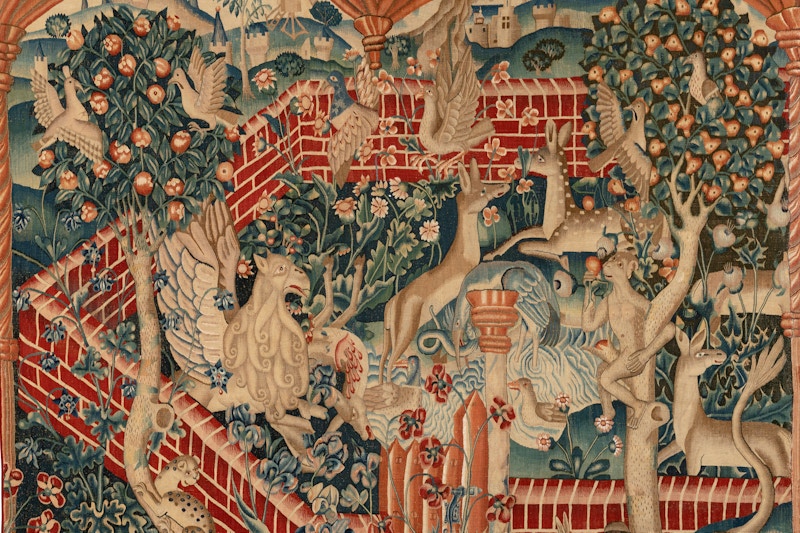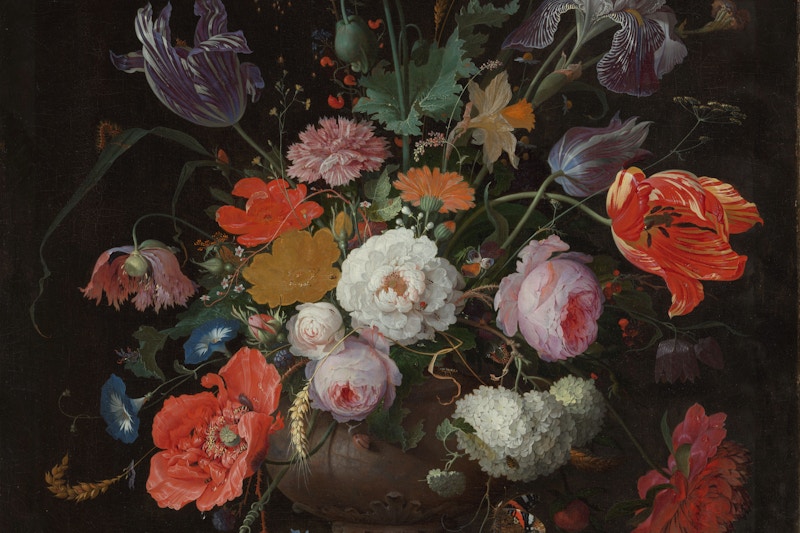
Detail of Sergio Rodrigues, Mesa Parker Dining Table and Set of Chairs, 1978. Solid pine, brass, and cane. Photo: Joe Kamm. Courtesy of R & Company.
Tenreiro, Caldas, and Rodriques: Brazilian Mid-Century Design Between Rio de Janeiro and São Paulo
Zesty Meyers of R & Company explores the different design personalities that emerged from these two major Brazilian hubs
- By Karen Chernick
- Meet the Experts
With its sumptuous tropical woods, rhythmic curves, and organic shapes, Brazilian mid-century design resembles its more mass-produced American and European counterparts but with an earthy sensuousness that is all its own. Designers outside of Brazil experimented with new tools that industrialization afforded them, like molded plastic or tubular stainless steel, but Brazilian designers did not readily have access to such technologies before the 1960s and crafted their modernist designs by hand, from local and organic materials. This grants much Brazilian design of this era a one-of-a-kind sculptural quality, one that scholars and collectors have increasingly flocked to in the past decade. Brazilian modernism was late to trend outside of its borders. Furniture exports were unsuccessful during Brazil’s military dictatorship between the 1960s and 1980s, and there are still restrictions on exporting pieces made of materials such as rosewood.
While Brazilian design has drawn recent international attention, Zesty Meyers and his business partner Evan Snyderman of the New York-based collectible design gallery R & Company have studied and championed it for over 20 years. After a handful of illustrations they spotted in antiquarian books about modernist Brazil piqued their curiosity, they began making research trips to Rio de Janeiro and beyond to learn more. There they interviewed people who worked with designers Joaquim Tenreiro (1906–1992) and Jose Zanine Caldas (1919–2001), and befriended architect and designer Sergio Rodrigues (1927–2014), collecting whatever information they could find. “What we stumbled upon was the last great cache of undiscovered mid-century design,” says Meyers. “There will always be another designer somewhere in the world, rediscovered. I do not think there’s any other country of the vastness of Brazil waiting to be discovered, again.”

Joaquim Tenreiro, Pair of Lounge Chairs, c. 1960. Hardwood and upholstery. Photo: Joe Kramm. Courtesy of R & Company.
Meyers and Snyderman learned how to differentiate between what emerged from Rio de Janeiro versus São Paulo—two major hubs with distinct personalities. Before Brasília was inaugurated as the nation’s modernist capital in 1960 (one designed by Oscar Niemeyer, Lúcio Costa, and Roberto Burle Marx), Rio was the capital and welcomed a large influx of immigrants and refugees, including several artists. “Originally, when Brazil was defining taste, it was with Rodrigues, Zanine, and Tenreiro in Rio,” Meyers explains. Rio housed an established wealth class that wanted to support a distinctive aesthetic, one that was homegrown but also influenced by the modernism being imported by émigré creatives.
São Paulo, by comparison, was a tiny provincial town before World War II. Immigration swelled its population from under 65,000 inhabitants in 1890 to over 1,000,000 by the mid-1930s, and then it became a booming metropolis when the city industrialized. With industry came newly-affluent patrons eager to support emerging artists, which led to the inauguration of the São Paulo Art Museum in 1947, the initiation of the Bienal de São Paulo in 1951, and that same year, the opening of one of the first industrial design schools in Brazil—the Instituto de Arte Contemporânea. Rio was more stratified, but São Paulo was where younger artists could find opportunities.

Jose Zanine Caldas, Dining Table, c. 1970. Solid Brazilian hardwood and glass. Courtesy of R & Company.
“Everyone [in Rio] wanted to be different,” shares Meyers of the different design principles of the two cities. “São Paulo becomes a machine. And as São Paulo starts to industrialize, the design starts to industrialize with it.” Identical credenzas were made there by the hundreds, for example, whereas when Joaquim Tenreiro was commissioned to make 100 dining chairs for a project in Brasília he hired “an army of people to make them by hand,” Meyers describes. Considered a pioneer of Brazilian furniture, the Portuguese-born Tenreiro was trained in traditional European woodcarving and combined this mastery with a modernist aesthetic. After meeting Niemeyer in 1943, the architect commissioned him to design furniture for several projects over the following decades. Though influenced by European modernism, Tenreiro used materials tailored to Brazil’s climate such as wicker and hardwoods. “He would push the material to make joints that I’ve never seen. Details where nobody has details,” Meyers describes.

Sergio Rodrigues, Mesa Parker Dining Table and Set of Chairs, 1978. Solid pine, brass, and cane. Photo: Joe Kamm. Courtesy of R & Company.
Also working with modernist architects such as Niemeyer and Costa was Jose Zanine Caldas, a self-taught designer who started out with an architectural scale model workshop. After roughly a decade based in Rio, Zanine left the city and moved to his home state of Bahia where he began making massive hand-carved works from found, naturally felled trees. Sergio Rodrigues also used local woods, such as jacaranda, imbuia, and peroba. “Sergio is the heart of Brazil. He’s closer to the indigenous culture, he uses some of their techniques to build his furniture—it’s fatter, more bolded,” describes Meyers. Hailing from a family of artists based in Rio, he made an international name for himself with his award-winning Sheriff chair, which drapes soft leather cushioning over a stiff wooden frame.
“Normally when we see a movement happen in a region, there’s a synergy where more things look the same. You can separate the big players, but it’s the same style. In Rio this never happened,” says Meyers, reiterating what sets Rio apart from São Paulo, and from other centers of mid-century design. “Tenreiro doesn’t look like Zanine, and Zanine does not really look like Rodrigues. They were totally different.”


